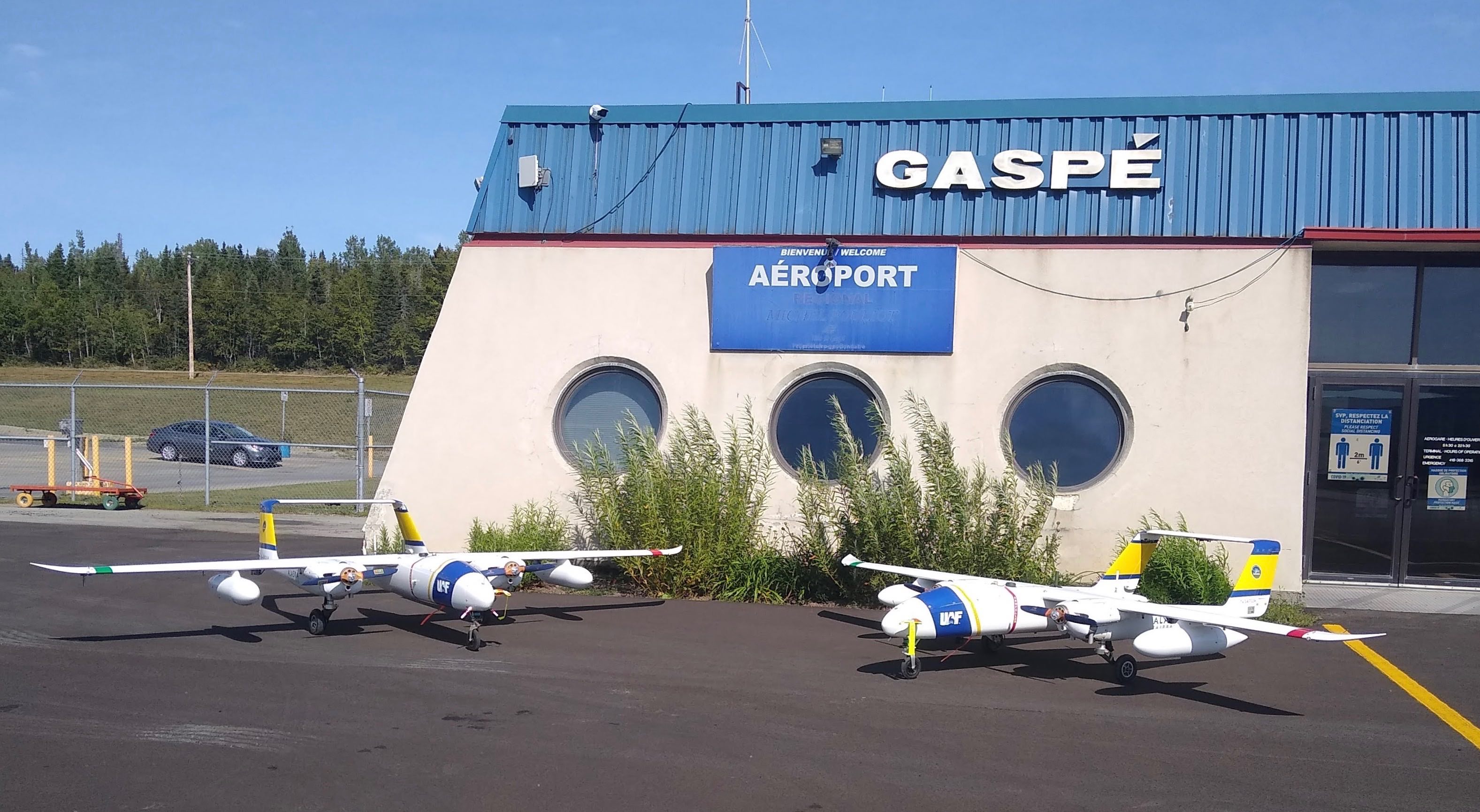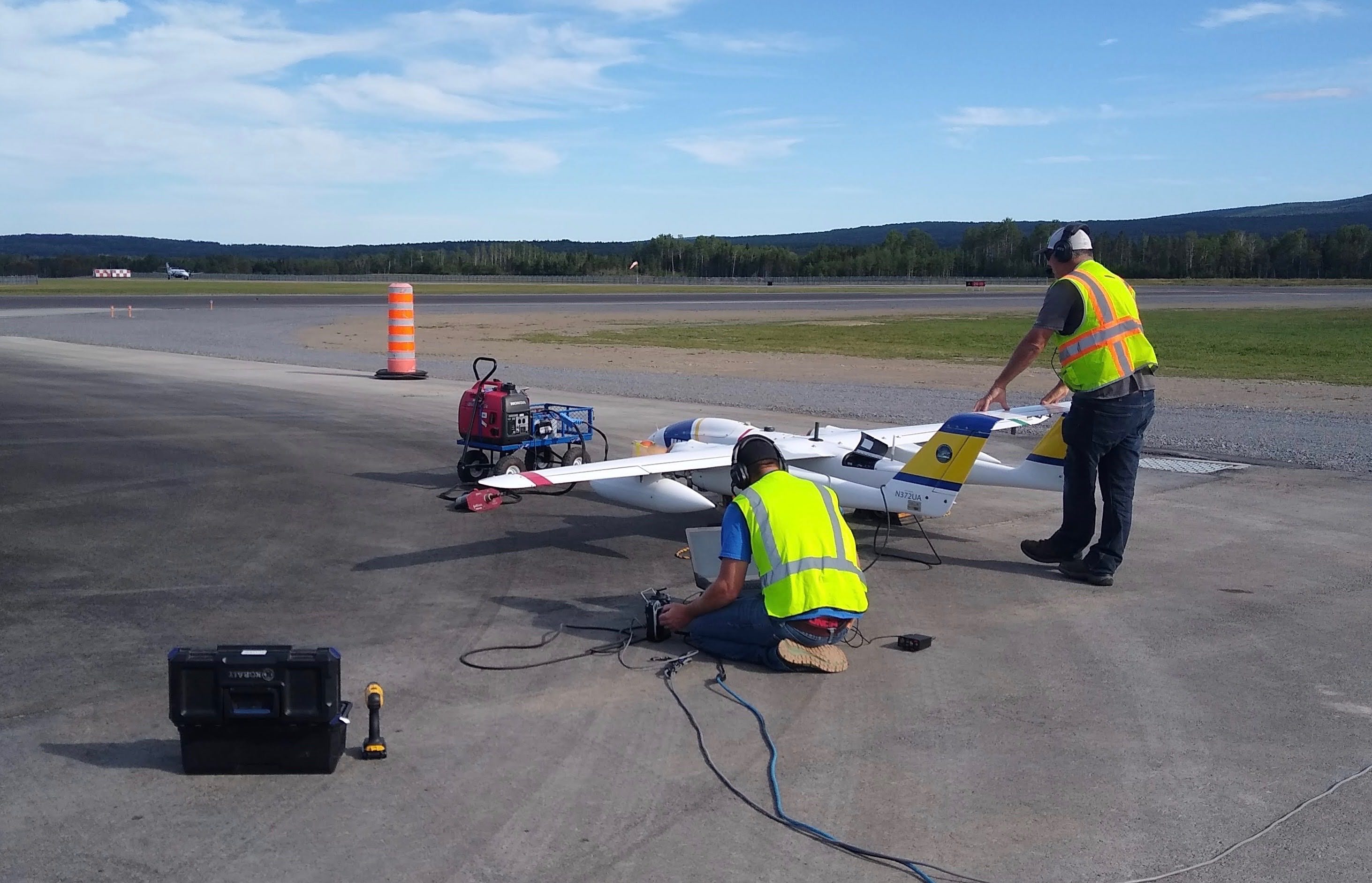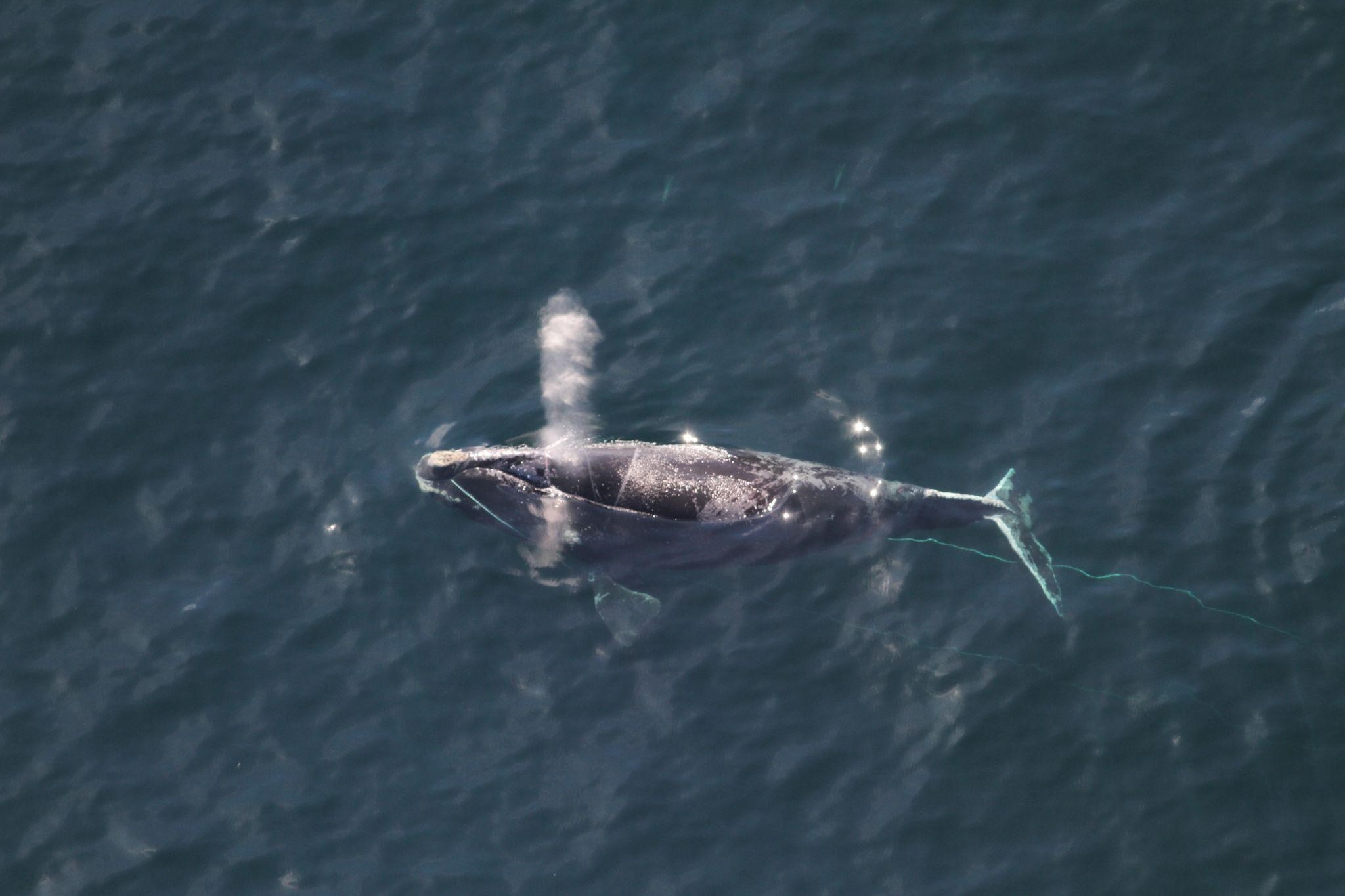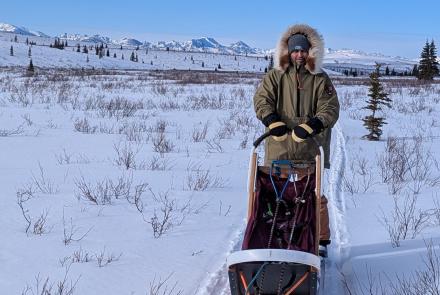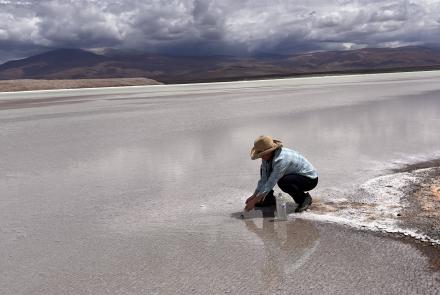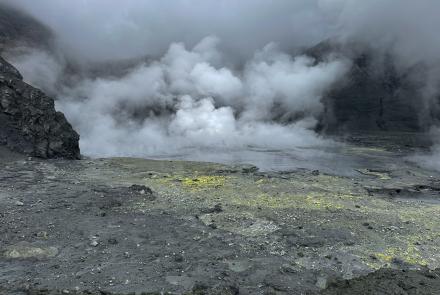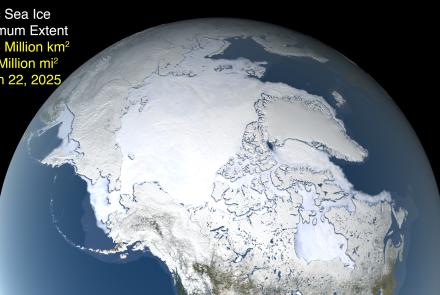


UAF crew, unmanned aircraft help protect endangered right whales
The Alaska Center for Unmanned Aircraft Systems Integration is back in Canada to help prevent endangered North Atlantic right whales from colliding with vessels in the busy Gulf of St. Lawrence.
This marks the third year of ACUASI as an official part of the Canadian government's North Atlantic right whale monitoring program and its fifth year in the whale effort overall. ACUASI spent two years working on the technology as a pilot project contracted with Transport Canada, the Canadian government’s equivalent of the U.S. Department of Transportation.
ACUASI is part of the University of Alaska Fairbanks Geophysical Institute.
The centerpiece of the ACUASI mission is the SeaHunter aircraft, a twin-engine, 300-pound fixed-wing aircraft with a 16-foot wingspan. It carries enough fuel to fly for 10 hours.
“What humans in an aircraft can see versus what SeaHunter can see is different,” said Andrew Wentworth, pilot and manager of the SeaHunter program. “Our aircraft and its artificial intelligence software looks straight down and can see suspected whales that are subsurface.”
The North Atlantic Right Whale Consortium reported in October that the whale population declined to 336 in 2020, an 8% drop from 2019. The organization, which includes U.S. and Canadian government and nonprofit groups, stated that the latest numbers continue a decline that began in 2011, when the species was at its highest estimate of 481 individuals.
Thirty-four dead North Atlantic right whales have been found since 2017 — nearly two-thirds of them in Canada. None have been reported in Canadian waters since 2019.
The U.S. National Oceanic and Atmospheric Administration has declared the loss of the right whales an “unusual mortality event.” The U.S. has listed the whales as endangered since 1970.
NOAA reported that “human interaction,” specifically from collisions with vessels and entanglements in fishing gear, caused most of those deaths. The agency also reported that 16 additional whales were seriously injured during the same period.
North Atlantic right whales previously spent their summers in the Bay of Fundy in Canada and the Gulf of Maine in the U.S. but moved northward to follow their food supply of copepods and krill. U.S. scientists believe rising temperatures in the Gulf of Maine have driven out the food source.
The move has put a large number of the right whales in the Gulf of St. Lawrence, a vital passageway for ships bringing goods and people into Canadian ports.
ACUASI has improved SeaHunter’s whale-seeking ability since the test years of 2018 and 2019. The integration of onboard computing on the aircraft reduced the initial 48-hour detection-to-reporting cycle to just six to eight hours.
Artificial intelligence software carried on SeaHunter now processes images in flight. SeaHunter sends a report to the crew in the portable ground control station in Gaspé, Quebec, about the number of photographs it has made and how many suspected whales of various species it has seen.
SeaHunter usually flies for six hours in a surveillance zone and collects 3,500 to 4,500 images. The AI software will identify a couple dozen targets of interest that are then reviewed by marine mammal observers. Six to eight whales of various species are validated on an average day.
If a right whale is among the validated images, Transport Canada will use that information to help decide whether to implement a speed restriction for vessels of more than 13 meters (42.8 feet) in length in the Gulf of St. Lawrence.
ACUASI’s service is one of many monitoring tools the Canadian government uses to help detect and protect right whales in key vessel transit locations.
The Canadian government uses up to six aircraft to support fishing and vessel traffic management measures and right whale research. Six Slocum underwater gliders and at least eight Viking buoys provide location information in near real-time.
ACUASI Director Cathy Cahill said the work with Canada also benefits the center she leads.
“Not only does ACUASI get to participate in protecting an endangered species, but we also get to learn more in our continuing effort to safely integrate large drones into shared airspace,” she said. “The safe integration of larger drones into everyday use will ultimately benefit society in many ways.”
Nick Adkins, ACUASI operations director, 907-455-2023, ncadkins@alaska.edu
Rod Boyce, University of Alaska Fairbanks Geophysical Institute, 907-474-7185, rcboyce@alaska.edu

